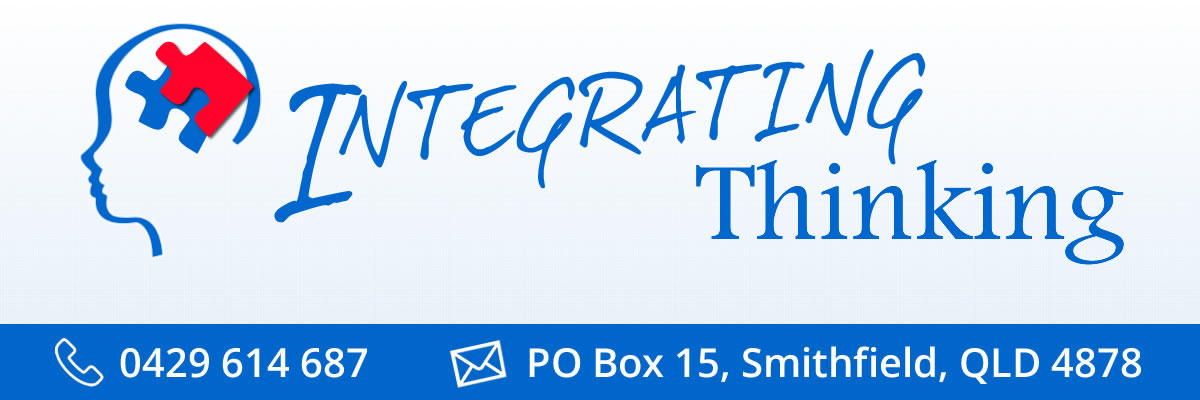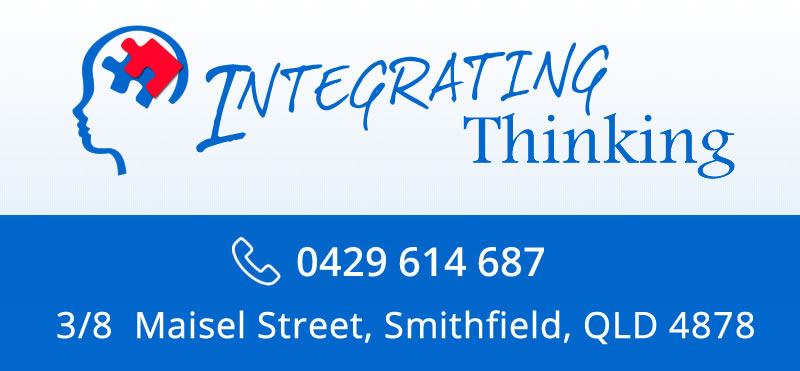Are Students Ready to Learn?
It’s January. The new school year is about to fire up in Australia.
It is the time when we check whether children have the right books, bags, shoes, uniforms and stationery to begin their learning for the year so they can start with the best equipment to support their learning.
“School Readiness”
I argue it’s also a great time to consider whether they have the physical and neurological attributes and foundations necessary to help support their learning: to do a bit of a “check-in” on this crucial aspect of their “school readiness.”
That’s quite a mouthful though, so, what do I mean by that?
We know learning is more than just a “thinking” activity requiring concentration, focus and attention. It is also a body-based activity requiring a student to balance, coordinate their body and use their sensory systems well and together to support their learning journey. When “checking in” on these aspects of learning we are asking: “Are our student’s body systems ready for their upcoming learning journey?”
Age doesn’t always equal maturity
Just because a child has reached the magic chronological age for starting school, it doesn’t mean they are physiologically READY for learning in a school environment.
In some societies, it was customary for a parent/caregiver to bring a child in front of the community’s wise person and ask whether the child was ready for more formal learning. The story goes that one of the tests performed was to ask the child to stand on one leg. If that child could complete the task for a set time, he/she was considered ready.
Essentially, the child’s body and ability to balance in a static position determined their readiness and maturity for entry into a more formal school learning environment.
We don’t practice that concept in Australia. In fact, we rarely think about the role of the body in helping our students learn. Our focus is on the brain and how we use our thinking processes to succeed in school. In the early years, we focus on whether they know their letters, numbers and colours and how to start writing. We don’t check to see if a child’s body is ready for the academic learning experiences offered and the challenges the teacher will present in class and for completion at home.
Developmental Readiness Matters
We know that a developmentally immature child is more likely to struggle with learning tasks and activities than a neurologically and sensory mature student. It’s important to note I’m not just talking about pre-schoolers here. These students’ learning challenges can occur at any age and impact learning success and function at any year level. These students can find the whole school learning experience uncomfortable, challenging and unpleasant. If they don’t or can’t use their words to tell us about the challenges they are facing, their behaviour probably will, and the signs can show quite early in the academic year.
 A student’s body, posture and behaviour can tell us if they are ready for the new learning experiences of a school setting. We need to learn to look for those clues to determine readiness for academic learning and understand what those clues mean. Then, we need to help strengthen and mature these children’s foundations to better achieve their learning potential without first fighting their bodies to learn efficiently and effectively.
A student’s body, posture and behaviour can tell us if they are ready for the new learning experiences of a school setting. We need to learn to look for those clues to determine readiness for academic learning and understand what those clues mean. Then, we need to help strengthen and mature these children’s foundations to better achieve their learning potential without first fighting their bodies to learn efficiently and effectively.
In my neuro-developmental education practice, I see children who struggle with reading, writing, concentration, sitting still, auditory and visual processing difficulties, and other things associated with immature neuromotor and sensory systems. Often these students are not reaching what we know is their academic potential. They may dislike reading. They may find it hard to write clearly and neatly. They may not be able to sit still on the classroom mat and pay attention to what is happening in their instructional opportunities. They may forget instructions quickly and provoke or interrupt others in their learning. The key to these issues isn’t their lack of focus or discipline. It’s how their body supports their learning processes.
Children with neuromotor and sensory immaturity come with varied and mixed presentations. They are sometimes diagnosed or described with terms such as “dyslexia”, “dyspraxia”, “dysgraphia”, ADHD and others. Often there is an underlying common developmental immaturity issue that we can identify and address.
We can mature body systems using non-invasive developmental movement patterns. Academic performance and function are often enhanced as a result. Teachers frequently comment on how much easier the school experience is for that child who is no longer “fighting” their body to learn. Life is easier for everyone, especially the child who wasn’t really “school ready”.
As the school year begins, we don’t just need to make sure children have the right equipment and clothing to be ready for school. We need to check they are physiologically prepared. Because we learn through our body, our body has to be ready to support our learning.
School readiness is real and is body-based. It isn’t just about attitude and motivation.
If a child or student experiences challenges with learning, dislikes reading, can’t sit still, struggles with maths, is generally not reaching their educational potential, or is experiencing other learning challenges, there could be an underlying developmental maturity issue at play that warrants investigation.
Over the coming weeks, I’ll provide some insight into how the body tells us our students’ learning story, particularly in school settings, and what we can do to help them if they are experiencing body-based learning challenges. It’s a perspective that can make learning and teaching easier for everyone. It is about clearly identifying readiness for learning.
It’s about learning how a student’s body tells the learning story for that student/child.

Dr Christine Payard [BEd (Hons), M.Ed Studies, PhD]
There is so much to learn about this area of learning and development to help us help our students learn.
If you would like to receive regular updates and information about my work, training opportunities and blog posts I publish, please sign up for our regular email notifications so you don’t miss out.
Here’s the link: https://integratingthinking.com.au/learn-more/
This is an opinion piece by Dr Christine Payard (PhD). Neuro-Developmental Educator; Director & founder of Integrating Thinking and Body to Brain Learning. www.integratingthinking.com.au



